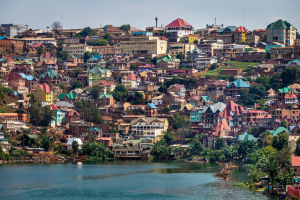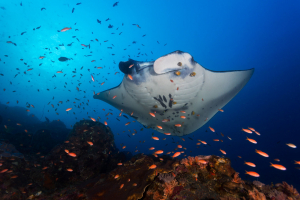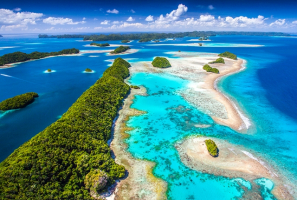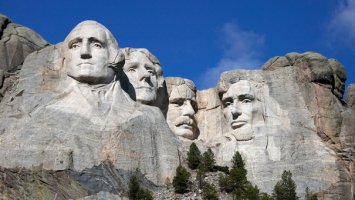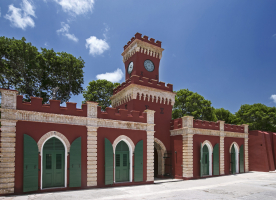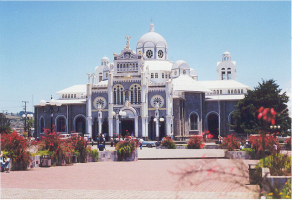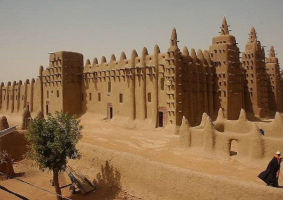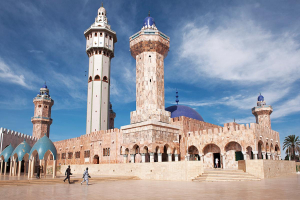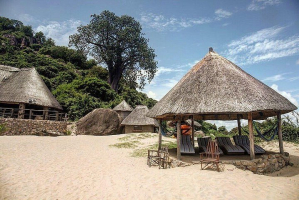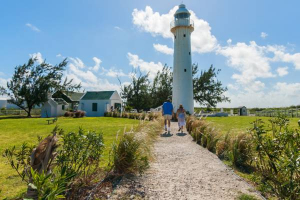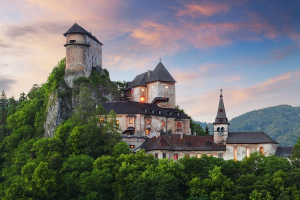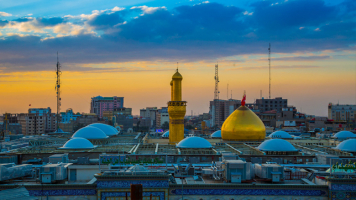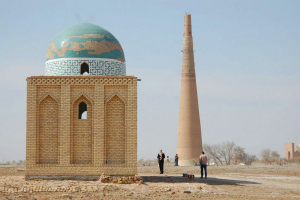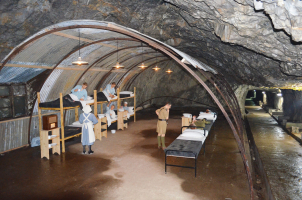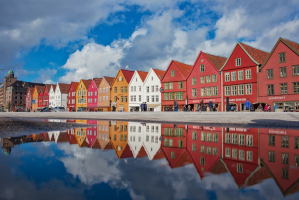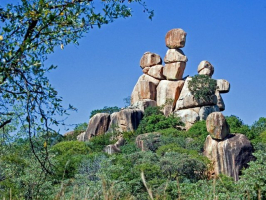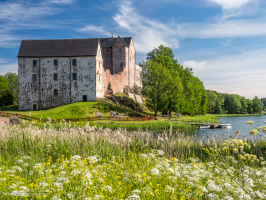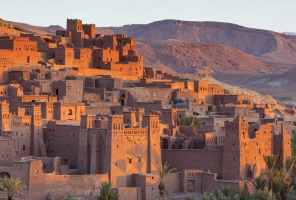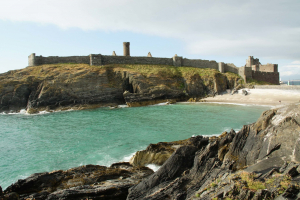Top 6 Most Beautiful Historical Sites in Federated States of Micronesia
One of the most beautiful historic sites to visit in the Pacific Ocean, the Federated States of Micronesia is comprised of diverse island nations branded with ... read more...their own brands of culture, nature, and adventure. Not only that, the Federation of Micronesia, where you can see beautiful waterfalls and rivers, ancient mangrove forests, and archaeological ruins from the Neolithic period. In the following article, Toplist will introduce you to the most beautiful historical sites in the Federated States of Micronesia.
-
This historic city, known as the "Venice of the Pacific," has a significant collection of age-old ruins and archaeological sites dating back to 500 AD. Nan Madol is an archaeological site adjacent to the east coast of Pohnpei Island, now part of the Madolenihmw District of the state of Pohnpei in the Federated States of Micronesia in the western Pacific Ocean. Nan Madol was the capital of the Saudeleur dynasty until about 1628. The city, built in a lagoon, consisted of a series of small man-made islands linked by a network of canals. The site core, with its rock walls, encloses an area about 1.5 km long by 0.5 km wide, and it contains nearly 100 man-made islets rock and coral platforms bordering tidal channels.
The name Nan Madol refers to the canals that run through the remains and signifies "in time." The original name was Soun Nan-leng (Paradise's Reef), according to Gene Ashby in his book Pohnpei, An Island Argosy. The ruined city is one of the great archaeological mysteries of today and is sometimes referred to as "Atlantis", "eighth wonder of the world" or "Venice of the Pacific". With a long history of beauty, Nan Madol is one of the most beautiful historical sites in the Federated States of Micronesia.
Location: the western Pacific Ocean.
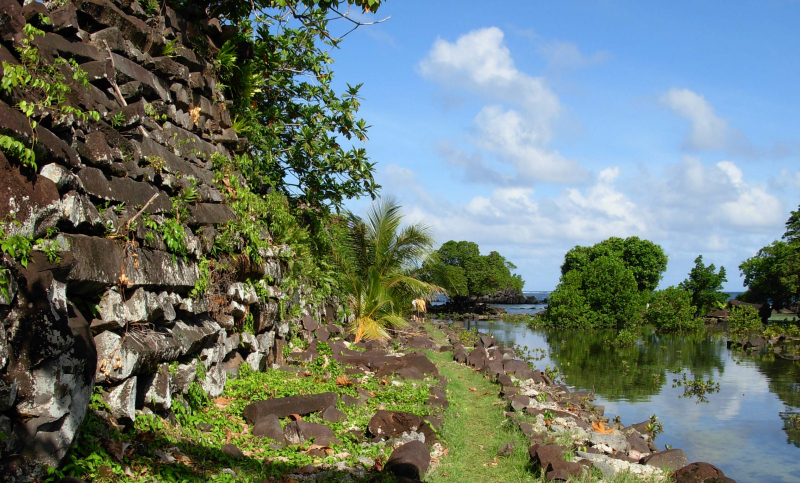
Photo: https://smarthistory.org/ 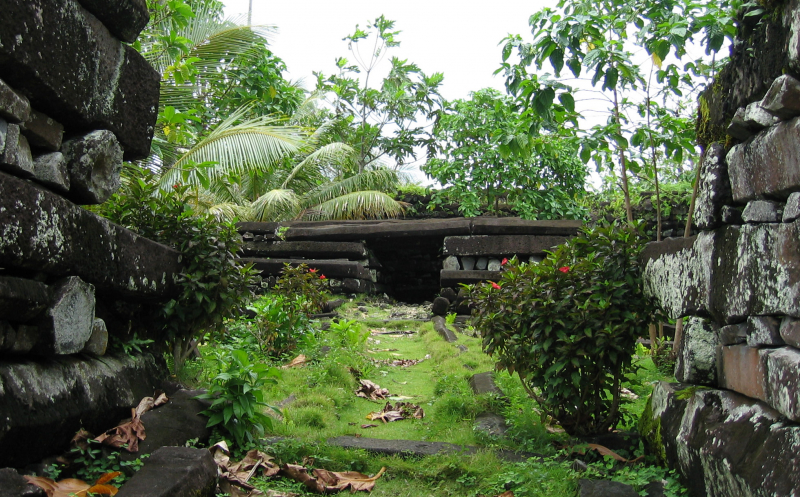
Photo: https://smarthistory.org/ -
The Stone Money is one of many large artifacts crafted and treasured by the indigenous inhabitants of the Yap Islands in Micronesia and is also the second most beautiful historical site in the Federated States of Micronesia. They are also known as Yapese stone coins or similar names.
The typical protostome is carved from crystalline limestone and is shaped like a disc with a hole in the center. The smallest can be 3.5 cm (1.4 in) in diameter. The largest extant rock is located on Rumung Island, near the village of Riy, it is 3.6 meters (12 ft) in diameter and 50 cm (20 in) thick, and weighs 4,000 kg (8,800 lb).
Moneystone is quarried on several Micronesian islands, mainly Palau, but also briefly on Guam. The practice stopped in the early 20th century. Today there are about 6,000 large money stones prominent on the island, and some can be seen in museums around the world.
These stones were prized by the Yapese people and used as important ceremonial gifts. Ownership of a large rock, too difficult to move, is established by its history as recorded in oral tradition, not by its location. The transfer into the oral history of the stone thus influenced the change of ownership.
Location: the Federated States of Micronesia.
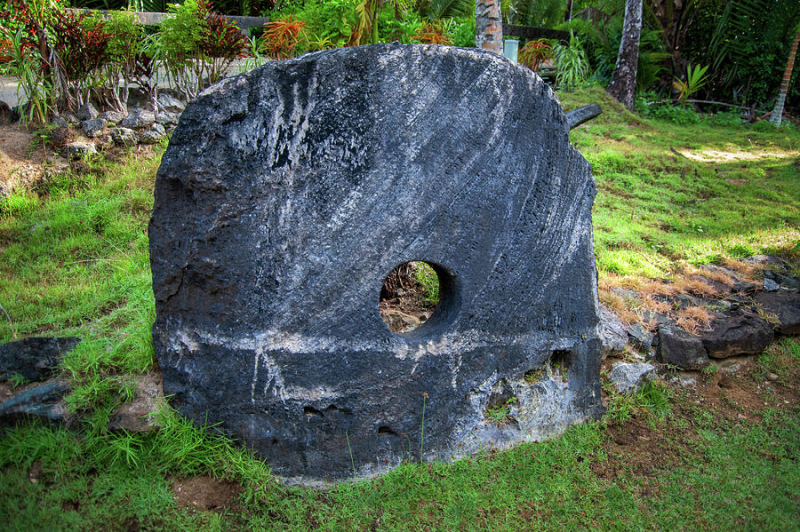
Photo: https://images.fineartamerica.com 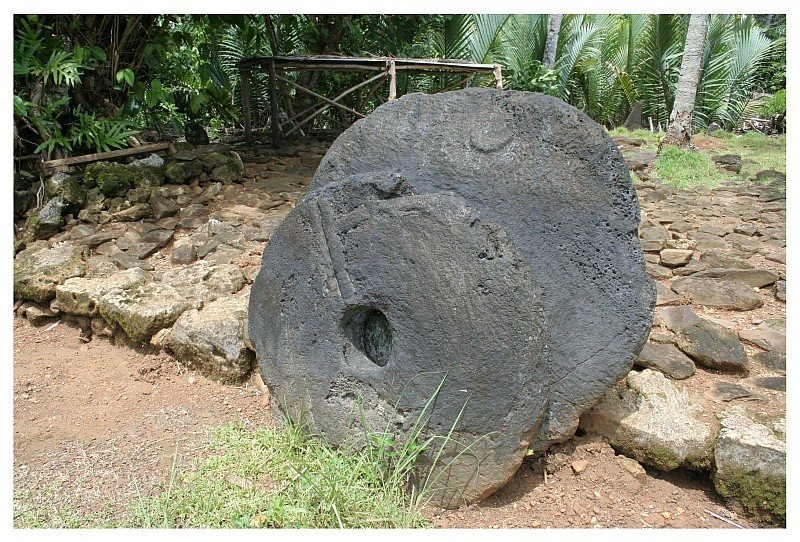
Photo: https://i1.treklens.com/ -
Leluh is a major historical and prehistoric archaeological site, including the remains of a city on Lelu Island, a satellite of the larger Kosrae island of the Federated States of Micronesia. The remains are of a civilization that peaked around the 14th and 15th centuries, with elements still visible at the time of European contact in the early 19th century.
The Leluh rulers gradually conquered and thus unified the island of Kosrae. From their capital at Leluh, they ruled the island with a monarchy that archaeologists believe resembles the kingdoms of Tonga or Hawaii. The city itself is built of coral and basalt blocks. It includes residences, royal tombs, and sacred spaces. Housing brought together the king, his family, the high and low aristocracy, and commoners. The materials used to construct the houses depended on the social class, as well as the spatial circumstances of the people: in the center, the King and the aristocracy behind high basalt walls (similar to those in Nan Madol), to the west, lower the aristocracy in modest coral houses, and the rest of the population in simple huts.
At the time of European contact, the population of Kosrae was estimated at 6,000; it dropped to 200 by 1870. Amid the increasing population, the city's materials were recycled for other uses in the 20th century. Leluh is considered the third most beautiful historic site in the Federated States of Micronesia.
Location: Lelu Island
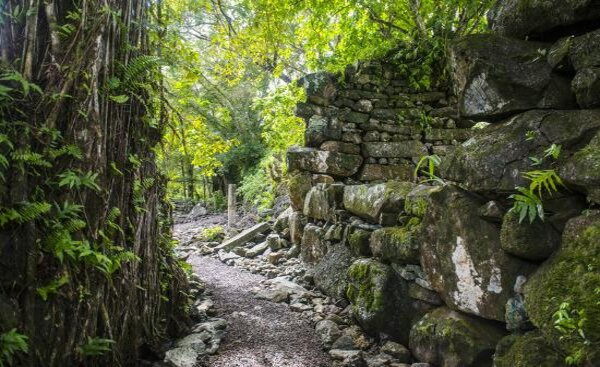
Photo: https://imgc.allpostersimages.com/ 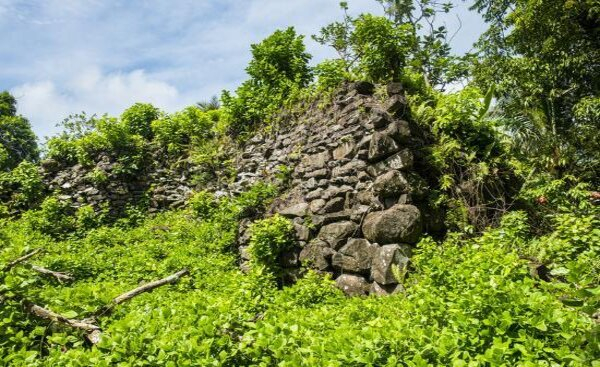
Photo: https://imgc.allpostersimages.com/ -
Pohnpaip Petroglyphs just south of the newly refurbished Sapwalap Elementary School is one of Micronesia's most unusual sites. More than 700 prehistoric motifs are etched into the rocks in the area, the largest collection adorning a 60 x 25-meter high layer of natural terraced basalt known as Pohnpaip (“on the rock”). Although the paintings are fading in the face of Pohnpei's relentless rains, human figures, feet, hands, fish hooks, boats, sun and moon, and many other figures can be distinguished. The form can be canoe oars or a loom.
More petroglyphs are found on a collection of smaller rocks located in the northeastern grasslands. The large rock closest to Pohnpaip is called Takain Pahsu ("vagina rock") and is said to have been the genitals of a mythical woman broken into pieces. The woman's ass was found across the street along with several other rocks with petroglyphs. One is covered with rimmed crosses similar to those found in Vanuatu, New Caledonia, and the Solomon Islands, possibly indicating a connection between the site and the culture. Lapita was active in the area about 2,000 years ago. To date, no one is sure who created the petroglyphs or when they were created. This type of rock art is not common in the Micronesian islands.
Location: Main Rd, Madolenihm, Pohnpei Federated States of Micronesia.
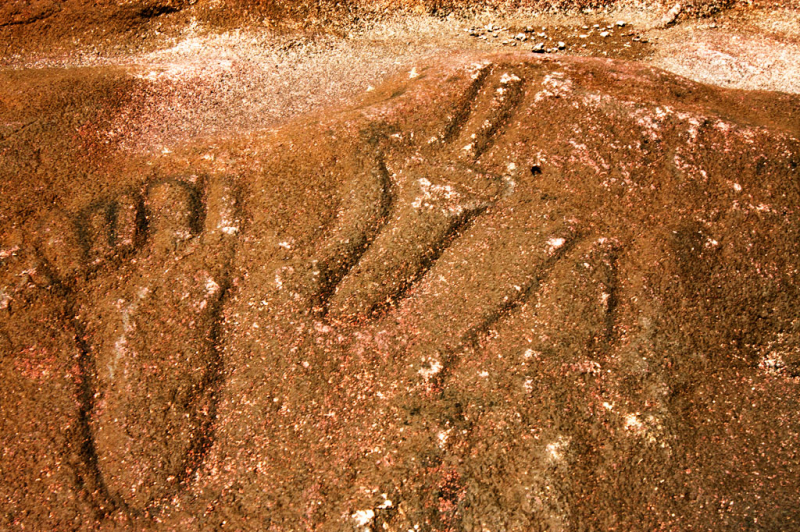
Photo: http://www.pohnpei-adventure.com/ 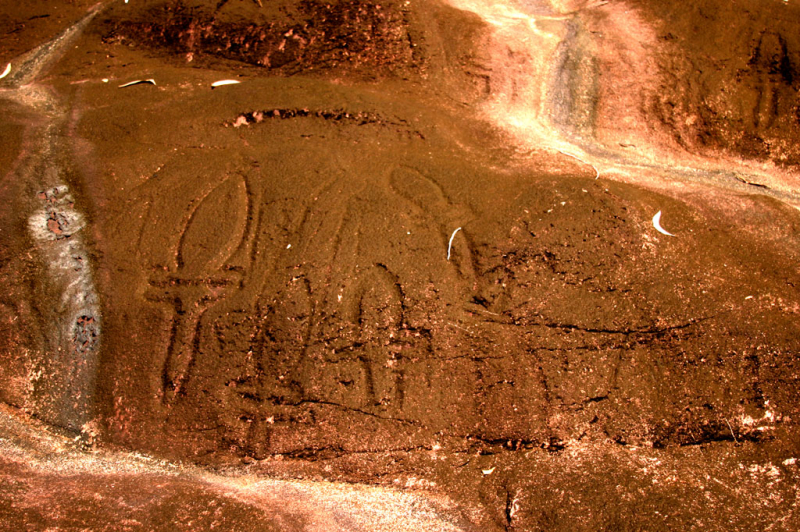
Photo: https://www.pohnpei-adventure.com/ -
Kolonia is a coastal town and the capital of the State of Pohnpei in the Federated States of Micronesia (FSM). It was also the former capital of the FSM until 1989 when it was replaced by Palikir, which is located nearby in the municipality of Sokehs. Kolonia's history is profoundly marked by many of Pohnpei's foreign occupiers, and evidence of their previous presence is found throughout the town and island.
Traditionally, Pohnpei's center of power was in Madolenihmw, southeast of the island. The area known today as Kolonia was called Mesenieng, which means "side of the wind" or "headwind". Spain first built the town in 1887 as the administrative and military capital and named it Santiago de la Ascensión. A fortress, where ruins remain known as the Spanish Wall, was built to protect the colonial administration and garrison. Not only that, Kolonia is considered the fifth most beautiful historical site in the Federated States of Micronesia.
Toplist thinks if you want to explore Micronesia you should choose this island, its lush vegetation and many bays and islands give it a great image. If you like World War II history, there is a rusted Japanese tank next to the tourist office. When you arrive on the island you will have the opportunity to learn about the people and folklore of the Federated States of Micronesia.
Location: Pohnpei Federated States of Micronesia
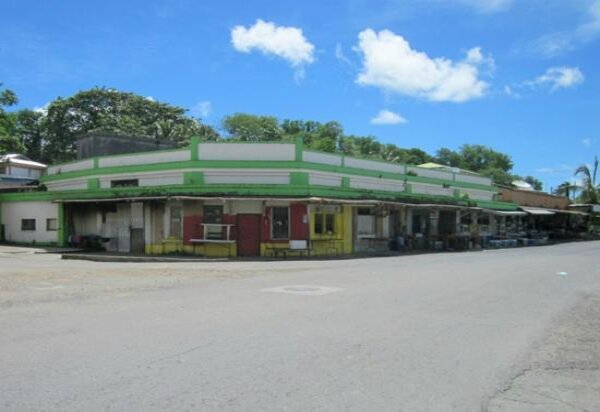
Photo: https://media-cdn.tripadvisor.com/ 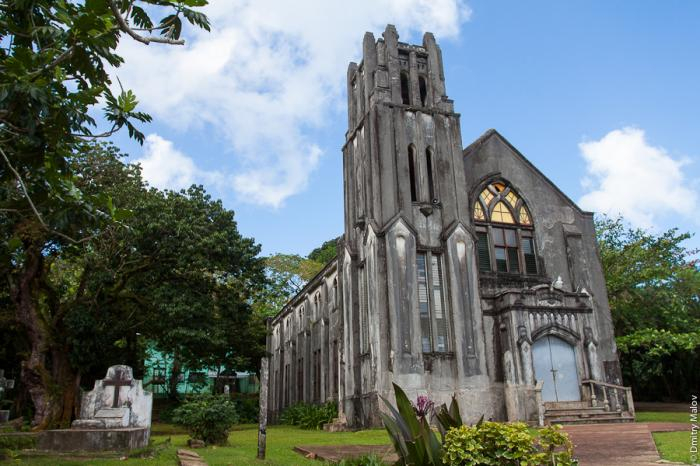
Photo: http://photos.wikimapia.org/ -
Kosrae State Museum is a museum in Tofol in the State of Kosrae in the Federated States of Micronesia. Ancient artifacts, photographs, and cultural and historical remnants are safely kept in this Micronesian museum in this vibrant part of Tofol. It's a great place to get a good look at the island's past. Kosrae State Museum is also the second most beautiful historical site in the Federated States of Micronesia.
Its collection is made up of archaeological assemblages from several important historical sites of Kosrae. The collection also includes objects related to the history and culture of Kosrae more broadly, including archaeological artifacts. The museum contains models of traditional houses.The museum relocated to a new home in Tofol in 2001. Its redevelopment is funded by the US Government, the FSM Government, and the State of Kosrae. The museum's exhibits include exhibits on prehistoric Kosrae, early contact, 19th-century missionary activity, whaling, World War II, and contemporary Kosrae. The museum houses important collections, including artwork from the Lütke Expedition; the Carl Hupp collection; Ernst Sarfert.
Location: Tofol, Kosrae.
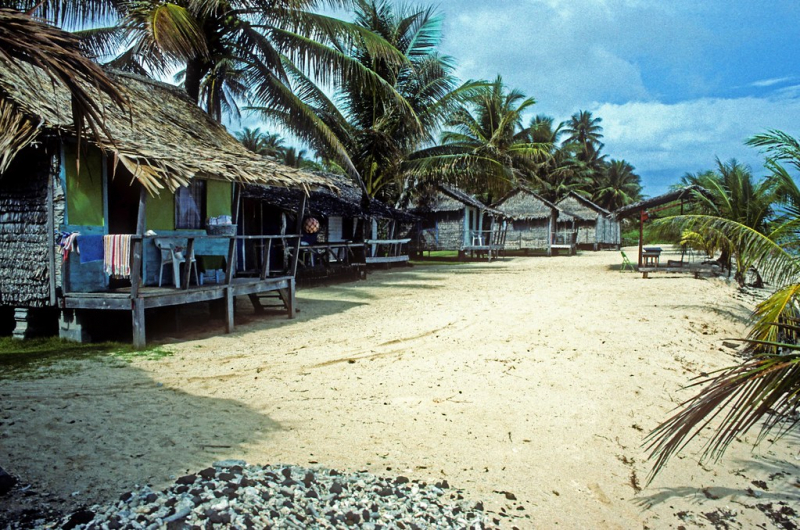
Photo: https://farm6.staticflickr.com/ 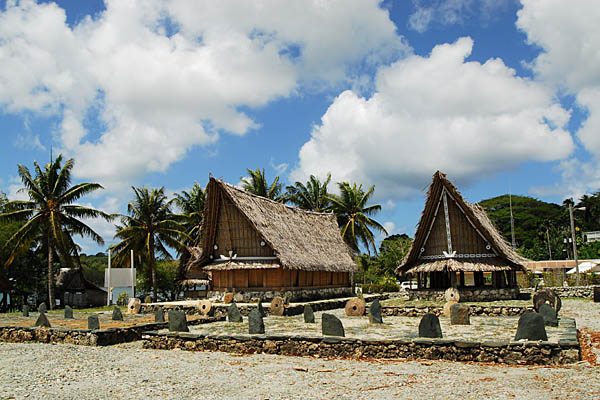
Photo:https://tabisite.com/








